Anzac
Where can I find information about the ANZACs and Anzac Day?
(Years 7-10)
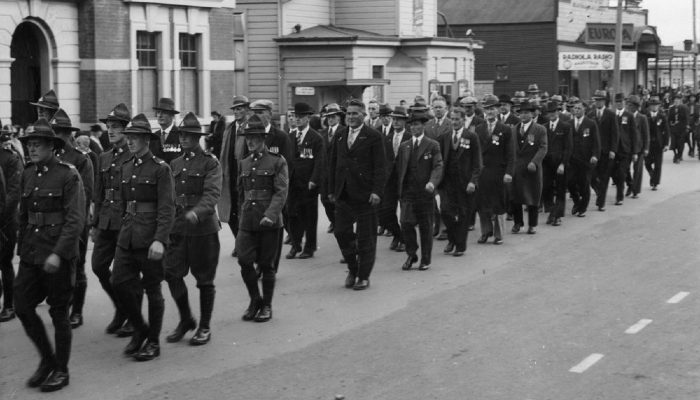
Image: Anzac Day Parade by Farrow. Collection: Upper Hutt City Library.
Entry last updated: 10/07/25
Introduction
ANZAC stands for Australian and New Zealand Army Corps. It came about in 1914 during World War One when the Australian Army and the New Zealand Army formed the Australian and New Zealand Army Corps. This new unit became known as the Anzacs, to acknowledge both countries. Anzac Day, Anzac poppies and Anzac biscuits are all associated with the Anzac soldiers and are part of the history and culture of New Zealand.
Anzac history
The ANZACs first fought together along with the British Army in the Gallipoli campaign, on 25 April 1915 to overthrow the Ottoman Empire. Several battles took place on the Gallipoli Peninsula.
Te Ara: The Encyclopedia of New Zealand
Te Ara is one of the best websites to start with when looking for information on New Zealand topics. You can trust the information on this website because it is a government website. You can tell this because it has .govt in the web address.
To find out about Gallipoli:
choose Stories A-Z from the tabs at the top and select F
scroll down to First World War
choose Gallipoli and the war against Turkey, or
try using the search words 'Anzac' to bring up all the stories that mention Anzac.
Tips: Te Ara links sometimes take you to the Short Story. Remember to click on the Full Story for more in-depth information. You can also look at the Images and media link for pictures and photos related to your story.
NZ History is another great website for information about Aotearoa New Zealand. It is also a government website. This website has heaps of information about Anzac history like the Gallipoli campaign.
Choose New Zealand at War on the front page.
From here choose First World War.
Then go to Researching The First World War.
Next find Anzac Day resources.
Go to The Gallipoli campaign to find out about the campaign.
Try Visiting Gallipoli today to walk in the footsteps of New Zealanders at Gallipoli.
Tips: Many web pages have links to further information or to other recommended sites. Following these links is a great way to find out more.
NZ On Screen is an online showcase of New Zealand's television, film and music videos. It is especially useful for NZ history queries and primary sources.
Go to Collections at the top of the page and look through the collections until you find the Anzac day Collection.
This is a collection of over 60 films and videos on many aspects of New Zealanders going to war.
To start with, watch Gallipoli: The New Zealand Story that won an award for Best Documentary in 1984.
Tips: Websites that have .com or .co in the address can have good information, but you need to assess how reliable it is. Check the About us link on the website, if you can find one. That can tell you what the company’s mission and values are.
International Children's Digital Library (ICDL)
ICDL is a collection of books in different languages, on history, culture and literature. All these books can be read online.
Go to Book List.
Look down the list for ANZAC day written by New Zealand author Kevin Boon.
Select Read with ICDL Reader to start reading.
Choose a page to read.
Use the arrows to move between pages.
Anzac Day
Anzac Day was first observed in New Zealand on 25 April 1916 and in 1920 it became a public holiday. On this day each year, we remember the soldiers who fought at Gallipoli, as well as all New Zealanders who have fought in wars since.
This website also has lots of information about Anzac Day.
Choose New Zealand at War on the front page.
From here choose First World War.
Then go to Researching The First World War.
Next find Anzac Day resources.
Go to The history of Anzac Day and move through the sections to find about Modern Anzac Day and a timeline of when it became a public holiday.
Anzac Day in the Pacific is about remembering soldiers from Cook Islands and Niue who were a part of the New Zealand Expeditionary Force(NZEF) during the First World War.
Choose Planning your Anzac Day event to understand laws around the use of the word 'Anzac'.
You will also find information on the order of ceremony.
Anzac symbols
There are different symbols that are part of remembering the Anzacs. The red poppy is a symbol of Anzac Day and is sold to raise funds for returned service men and women. You might also come across Anzac biscuits. These were baked and sent to the soldiers on the front line.
The National Army Museum is located in Waiouru, and it has collections and displays about New Zealand's military history including Anzac history.
Use keywords 'Anzac' to search, using the search bar at the top of the page.
Choose the result The ANZAC Biscuit to read about how the biscuit became a symbol of Anzac.
Likewise, the search words 'poppy' will lead to Purple Poppy Day held on 24 February to honour war animals that sacrificed their lives in the First and Second World Wars.
Tips: Search words, or keywords, are the most important words of our topic, like 'Anzac'. We can always change our keywords or add more if we need to.
Te Papa is New Zealand's National Museum and it houses collections and exhibitions about Pacific art, history and culture.
Go to the Collections Online page and search for 'poppy'.
Look for an image of the Anzac poppy.
Read the information underneath to find out about the history of the poppy and Anzac Day.
Tips: Te Papa is another government website (it has .govt in the web address) so the information should be well-researched and reliable.
Anzac experiences
So many years later, it can be hard to imagine what life was like for the Anzac soldiers. Here are some websites to help us understand what they went through.
This website has heaps of information about the history of New Zealand soldiers and the wars they have been involved in, including stories of Anzac experiences.
From the Explore tab choose Voices of the past.
Read the story about Whakatane farmer Philip Soutar and the achievements of Gladys Sandford and others.
NZ History also has a page describing what life was like for the Anzacs, with images and quotes from the soldiers.
Follow the steps mentioned earlier until you reach The Gallipoli Campaign.
From the Contents choose Soldiers' experience.
NZ On Screen also has videos about Anzac experiences.
Go to Collections and find Great War Stories.
These are a series of four-minute documentaries about New Zealanders recalling experiences of World War 1.
Funded by the Ministry for Culture and Heritage, Ngā Taonga Sound & Vision is New Zealand’s audio-visual archive.
Search the collection for 'world war one'.
Make sure the Availability is set to View or listen online now.
You can limit the date to 1914 to 1918 for clips from the time.
Primary sources
Primary sources are things like diaries, letters or photos that were created at the time when the events were happening. They can also be created by people who were eye-witnesses of what happened. Primary sources are very important for studying historical events.
DigitalNZ is a search site that focuses on New Zealand history and brings together results from lots of different websites. It’s an easy way of searching online resources from New Zealand libraries, museums, universities and government sites all at once. It has lots of primary sources.
Use the search box to enter names, events or places eg 'Gallipoli' or 'Anzac'.
Then select from the range of formats like images, videos, newspapers, articles or manuscripts.
You can also filter by choosing the tab called Date, then select a range of dates from around the time eg 1910s.
Books
There have been many books written about the ANZACs and Anzac Day - check out your local public or school library to see what they have.
Some recommended titles are:
Anzac Day - the New Zealand story: what it is and why it matters by Philippa Werry
Anzac heroes by Maria Gill
Roly, the Anzac donkey by Glyn Harper.
SCIS no: 1832933
Topics covered
Related content

World War One
Where can I find information about World War One?
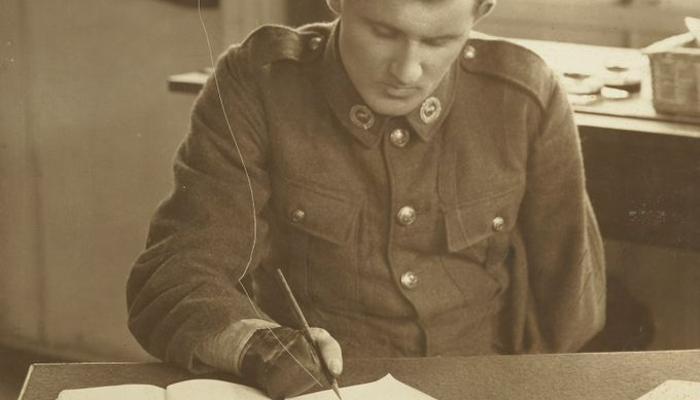
WW1 (primary sources)
Where can I find primary sources for World War One?
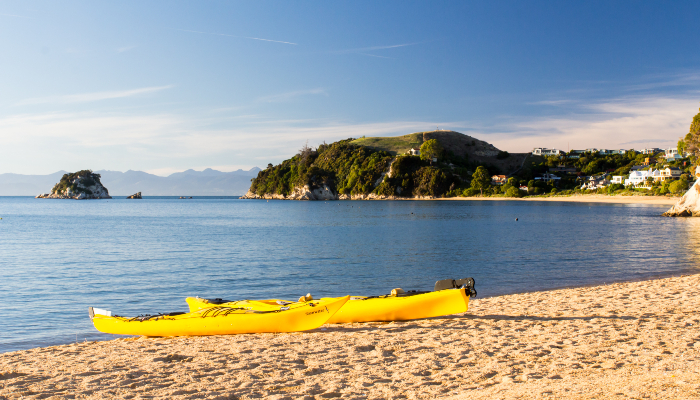
Holidays (New Zealand)
Where can I find information about public, local and school holidays in New Zealand?

History (Australia)
Where can I find information about Australian history?

World War One (New Zealand involvement)
Where can I find information about New Zealand's involvement in World War One?
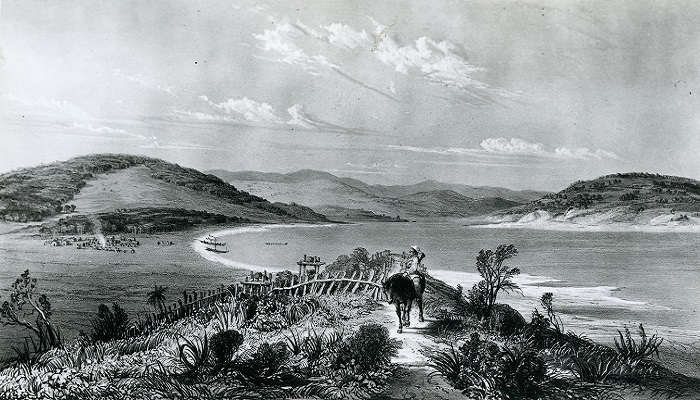
History (New Zealand)
Where can I find information about New Zealand history?

Changing views on conflict
Where can I find information about the local histories of Auckland | Tāmaki Makaurau?
